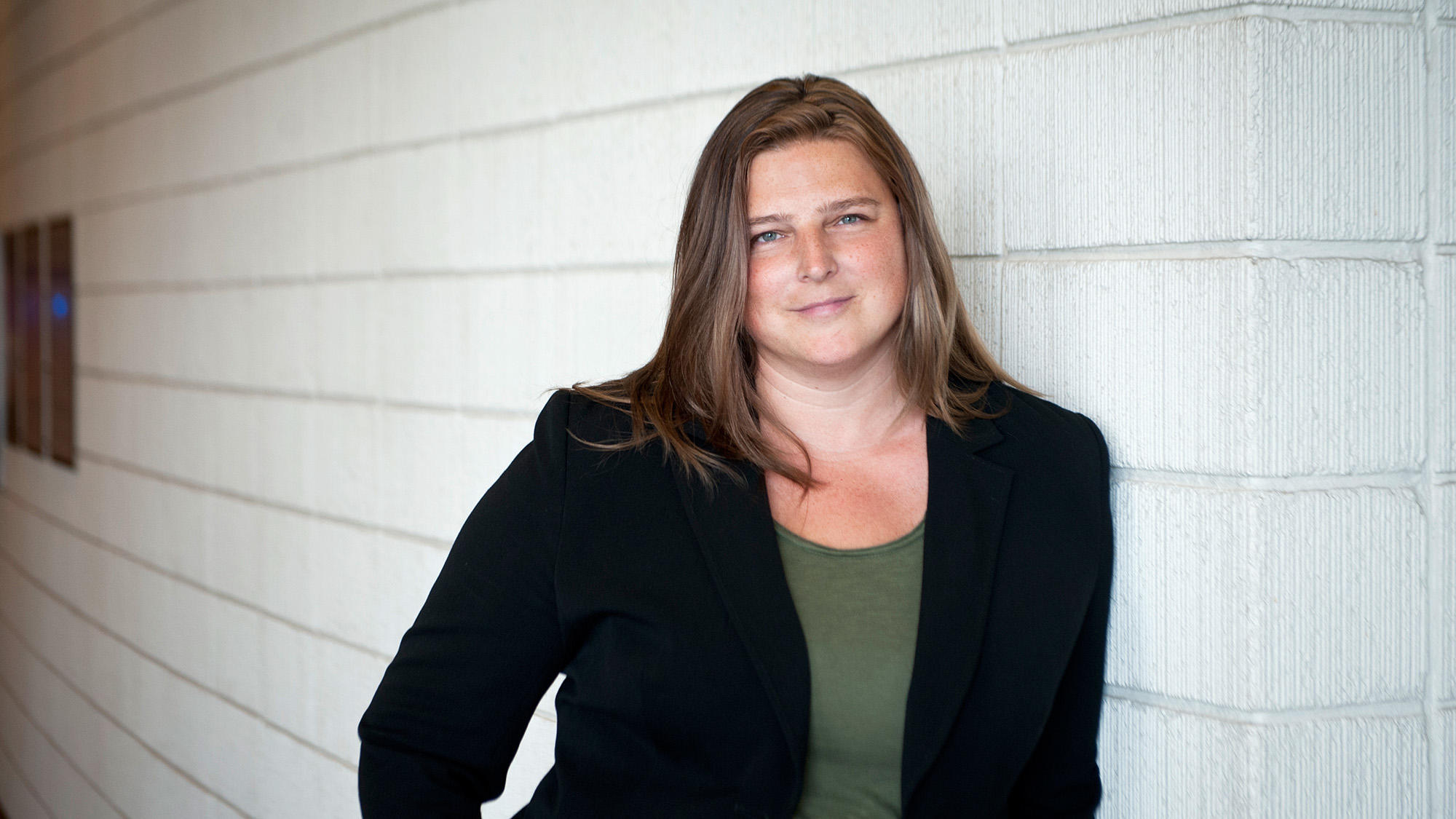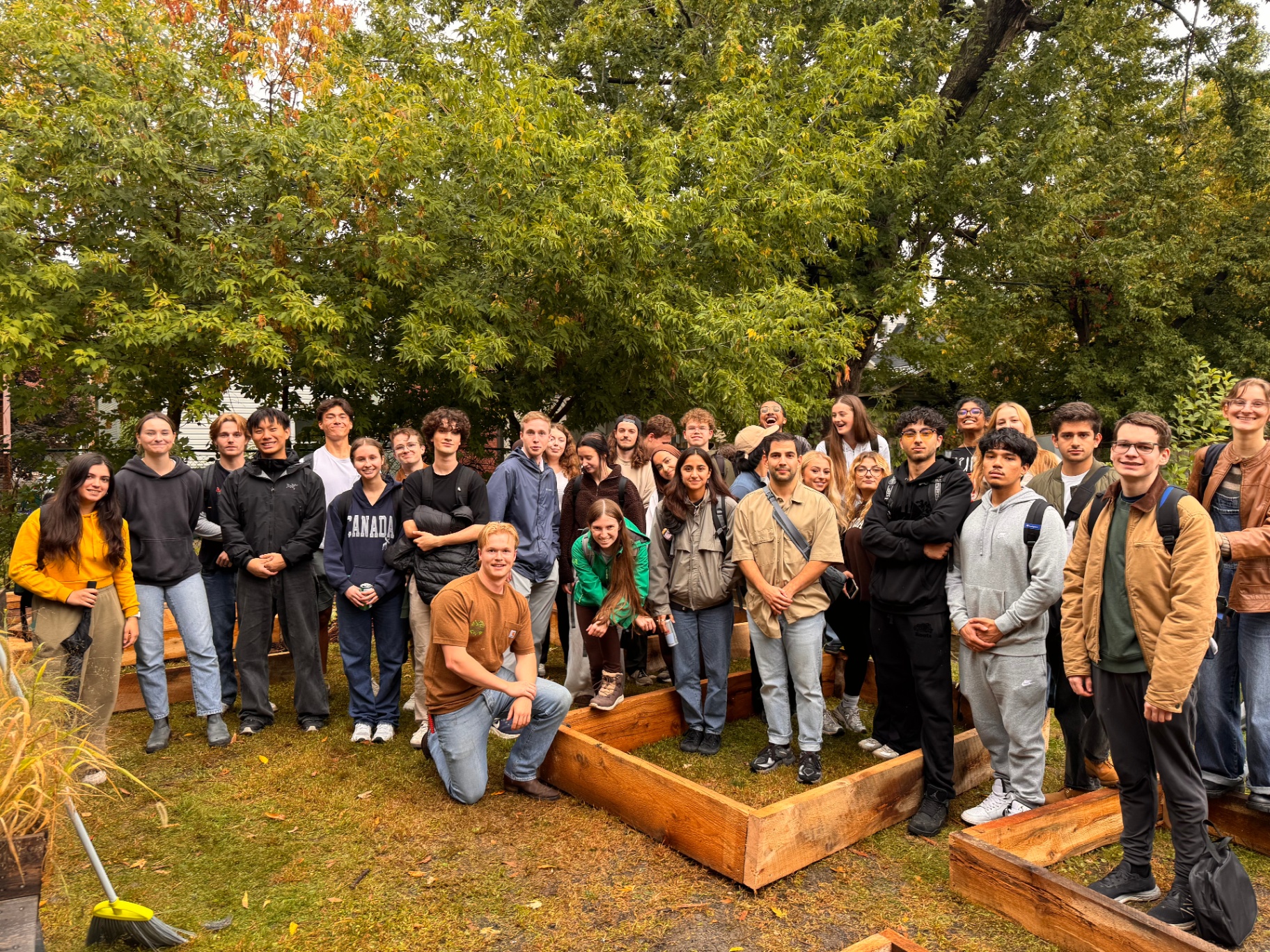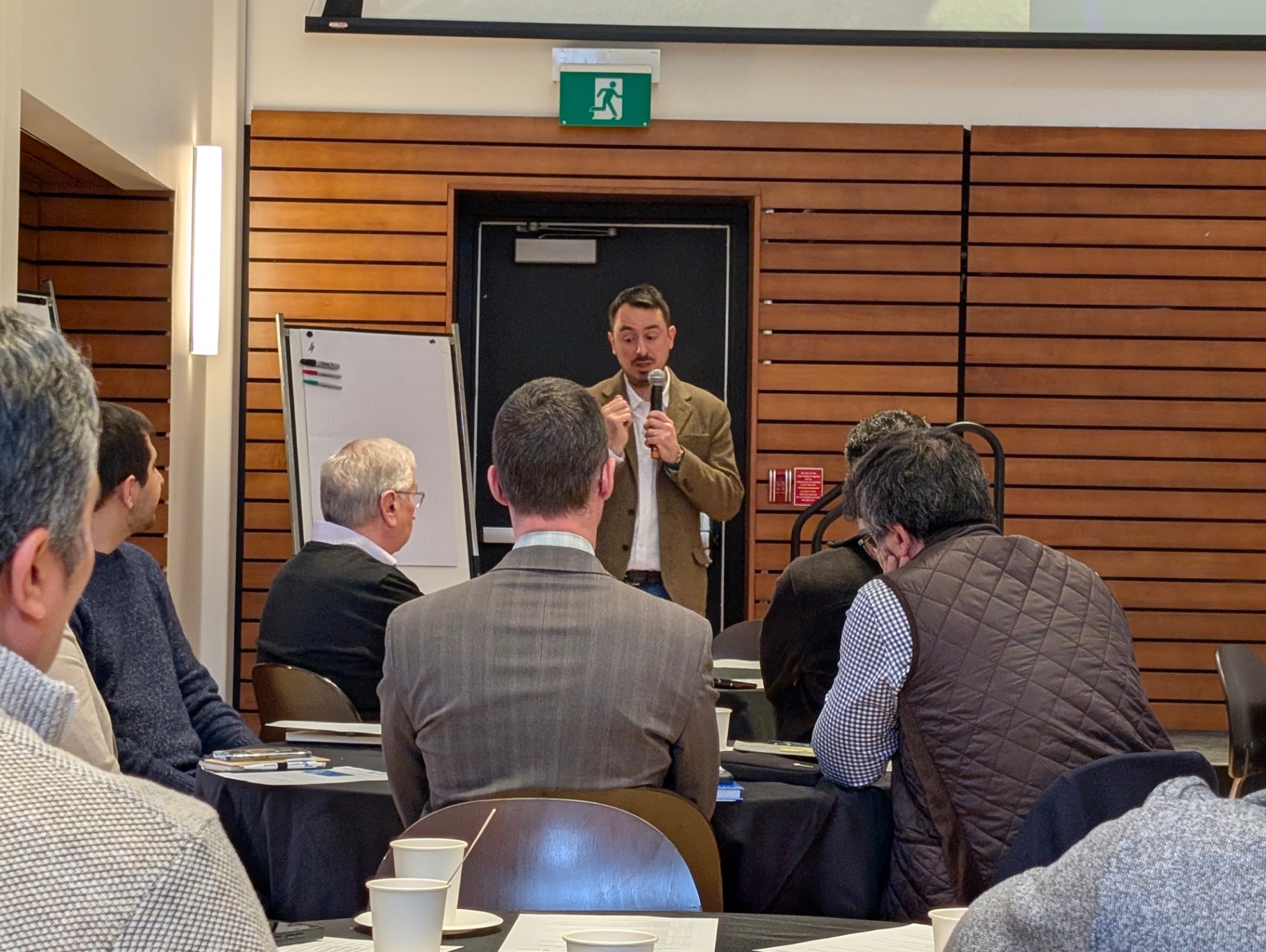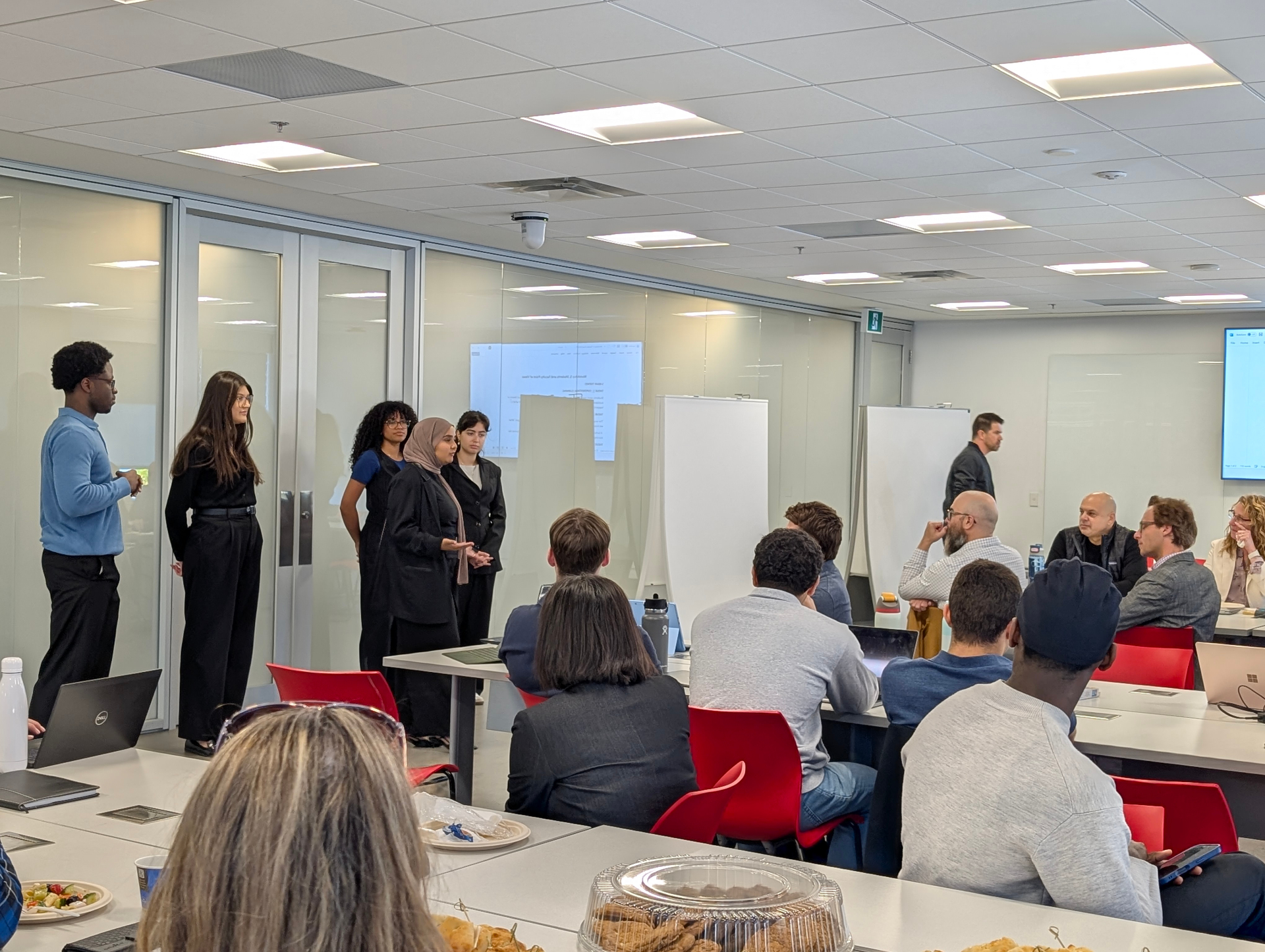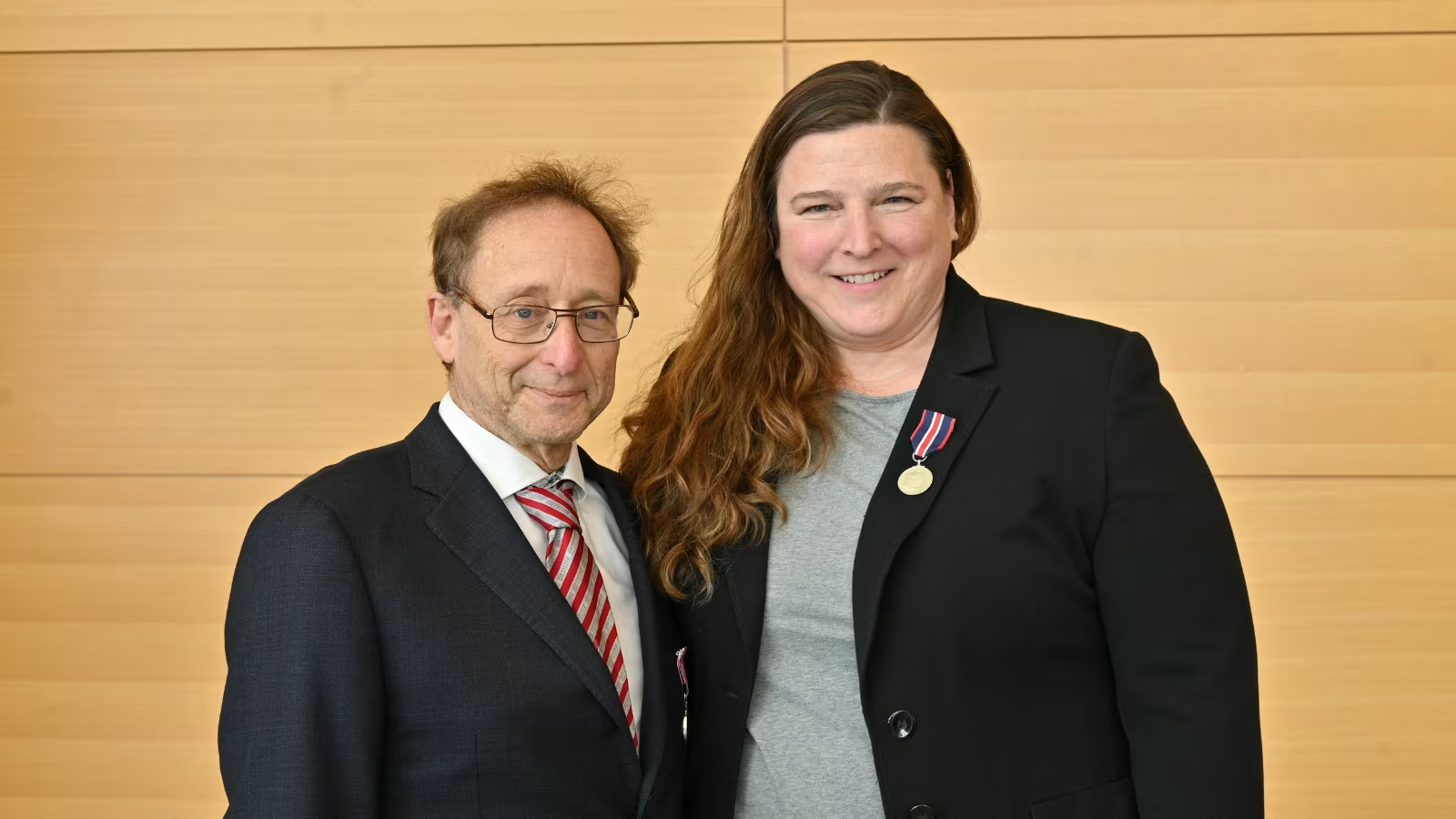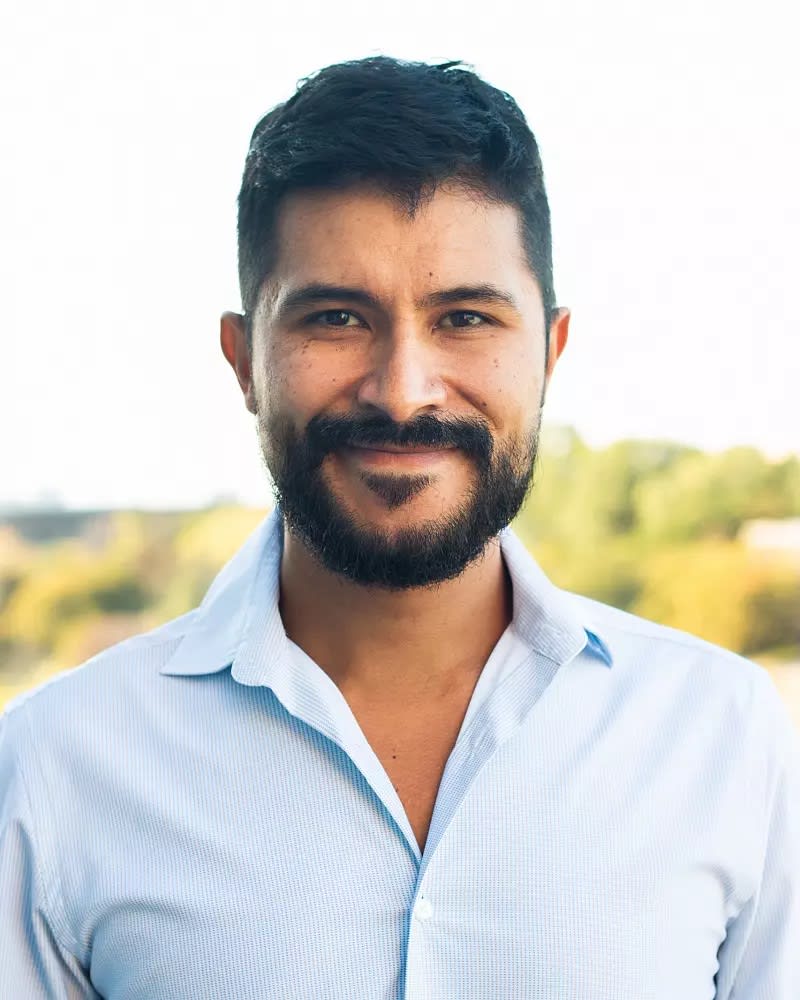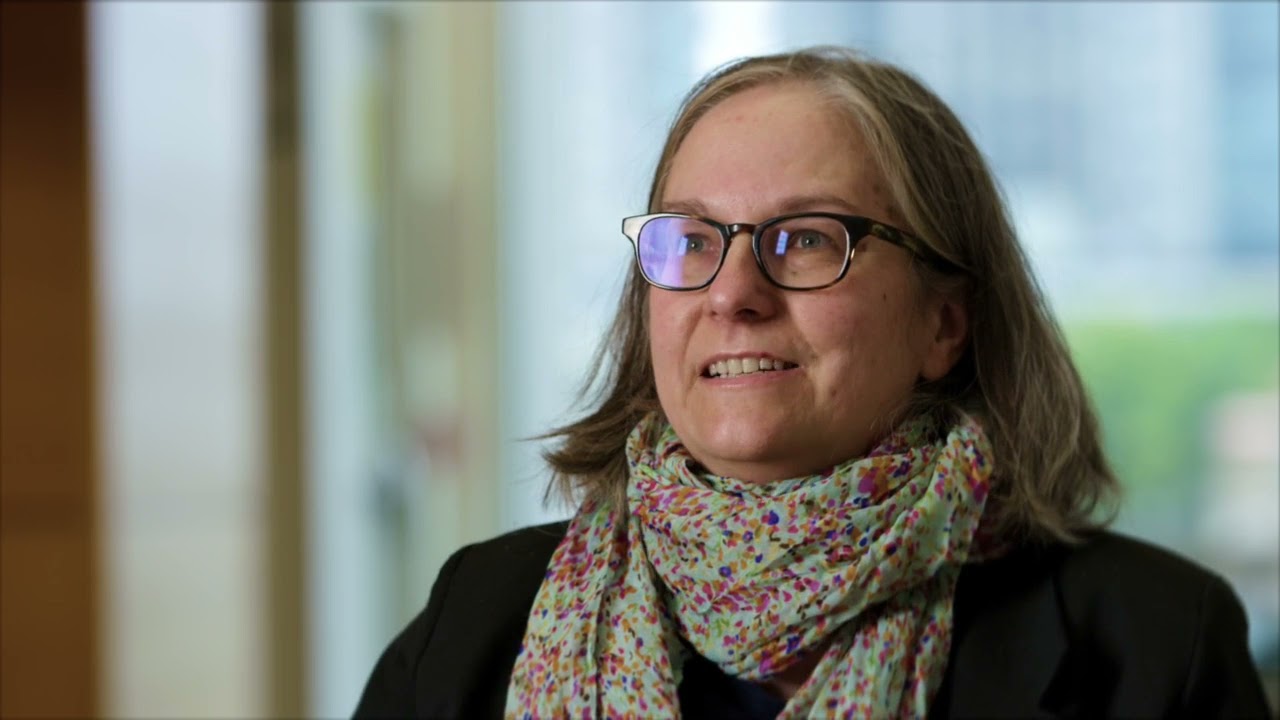What does it take to build greener cities? Daina Mazutis shows how progressive business leadership can go a long way.
Photo supplied
**Written by Mark Witten, this article was first published in the 2020 issue of Research Perspectives, the University of Ottawa’s journal of discovery and innovation.
The world needs more sustainable cities, maintains Daina Mazutis, a professor at the Telfer School of Management. But for that to happen the construction sector needs to be a leader in green urban development. “Unfortunately, the construction industry continues to be one of the worst environmental offenders and is also one of the slowest sectors to adapt to new, more sustainable innovations,” says Mazutis, who holds the Endowed Professorship of Ethics, Responsibility and Sustainability and is cross-appointed to the University of Ottawa’s Institute of the Environment.
That is why she was encouraged when Windmill Developments founder and CEO Jonathan Westeinde delivered a guest lecture on the company’s proposed groundbreaking Zibi development project in Ottawa to her class on business and sustainability in 2015.
“Jonathan wanted to bring new thinking to an industry that hadn’t changed in 100 years,” recalls Mazutis.
Zibi is an Algonquin word for river. Windmill Developments’ ambitious vision for the project was to transform contaminated industrial wasteland on the historically significant Chaudière and Albert islands in the Ottawa River into Canada’s most sustainable mixed-use community and the 10th Bioregional One Planet Living community worldwide.
Mazutis saw this as a rare opportunity to study firsthand what business leaders can do to meet and overcome the tremendous challenges involved in successfully building transformative green urban communities: “Why not learn some valuable lessons about leadership from a multi-billion-dollar sustainable urban development right here in our own backyard?”
In a recently published article, the researcher presented the 5I Model of Sustainability Leadership. These are lessons learned through her in-depth research case study of the Zibi development from the site purchase in 2013 until the first residents moved there in January 2019. Mazutis identified five critical leadership tasks required to successfully complete sustainable development projects: inspirational, integrative, identity, implementation, and institutional work.
Identity work, for example, involves the hard task of finding common ground among many stakeholders with different perspectives and interests, and managing dissent. The Windmill leadership team collaborated and signed letters of intent with First Nations communities early in the project and continued listening to the voices of dissenting groups, including protestors.
“A key goal of the Zibi case study was to illustrate that sustainable urban development is difficult but doable,” she says.
Mazutis plans more research on sustainable urban developments through a project funded by the Social Sciences and Humanities Research Council of Canada. Her investigation will look at “successful urban transformations globally and draw lessons to help accelerate business participation in sustainable urban transformation in Canada.”
Her research on leadership and sustainable development has also exposed the unconscious cognitive biases that often prevent corporations and managers from accurately identifying the moral dimensions of climate change. This helps to explain why many organizations fail to adjust their strategic decision-making processes to become more sustainable.
For instance, the perception bias — where people have trouble conceptualizing events and repercussions they haven’t personally experienced — can lead them to act like the problem doesn’t exist. If an individual has not been forced to relocate because of drought or flooding precipitated by climate change, the moral imperative for action on this global crisis may not seem pressing.
Understanding what business leaders do to drive radical change and what impedes them are both key to increasing the sector’s participation in sustainable development. “The role of business is often overlooked,” says Mazutis. “But it is incredibly important for business leaders to become agents of change in promoting sustainable development.”
Banking on a low carbon future
Banks are not generally perceived as major contributors to climate change, like the oil and gas or automotive industries. But they have financial leverage and the power to influence the action or inaction of their corporate clients towards a low carbon future.
In a recent study, Daina Mazutis and her PhD student Anna Eckardt investigated how four major European banks integrated or failed to integrate climate change action into their corporate strategies.
“We found that managers in the most progressive bank viewed climate change as an incredible challenge for humanity and future generations, and they interpreted it as a moral problem,” says Eckardt. “Those managers were highly motivated to go the extra mile to convince their colleagues, clients and even regulators to urgently increase action against climate change.”
The progressive bank’s strategy included initiatives ranging from stopping all fossil fuel investments to rewarding their clients with better loan conditions for taking climate change action.
“Banks can be extremely influential in selecting and supporting companies, or even entire industries, and steering them in the desired direction through their lending and investment practices and conditions,” says Mazutis. “Being at the heart of economic activity, more banks should step up to their role in financing the transition to a low carbon future.”
